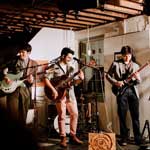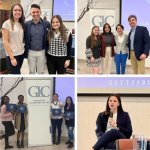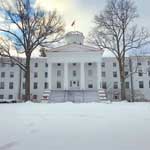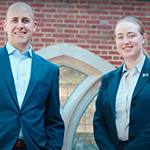
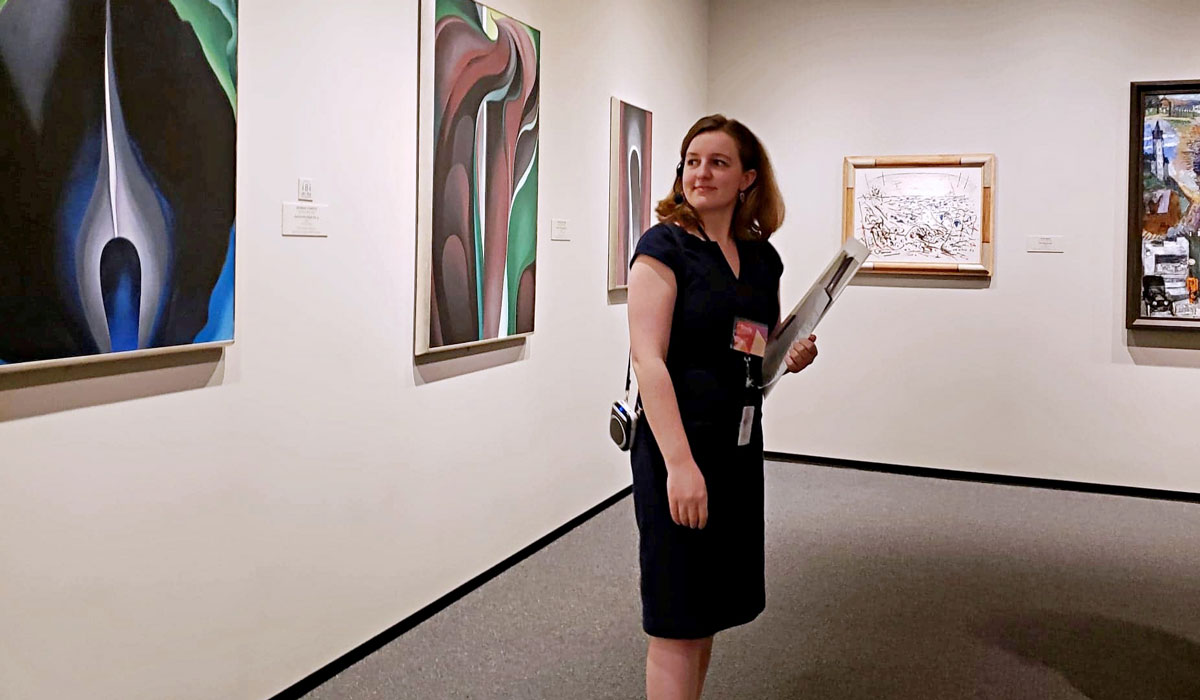
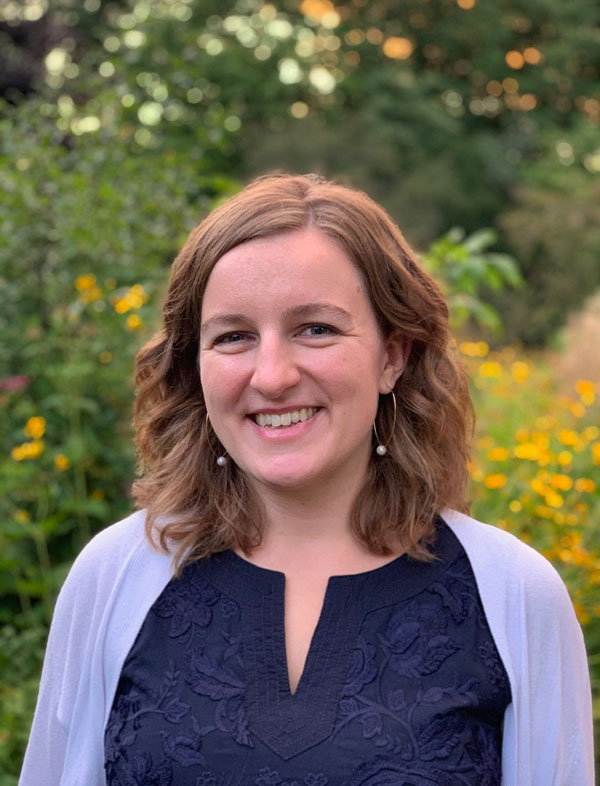
What excites Emily Ann Francisco ’14 the most about art is its impact.
If you look around, art is everywhere. It’s embedded within our society, sparks conversations, and serves as a lens through which the layered histories across the past and present can be better understood.
“Art [history] is inherently interdisciplinary, whether you realize it or not. It’s this intersection of history, culture, design, and images, among many other things,” said Francisco, who double majored in art history and English with a writing concentration, and minored in studio art at Gettysburg College.
This sentiment is echoed in the mission statement of the National Gallery of Art, where Francisco is the Curatorial Assistant in the Modern and Contemporary Art Department—“The National Gallery of Art serves the nation by welcoming all people to explore and experience art, creativity, and our shared humanity.”
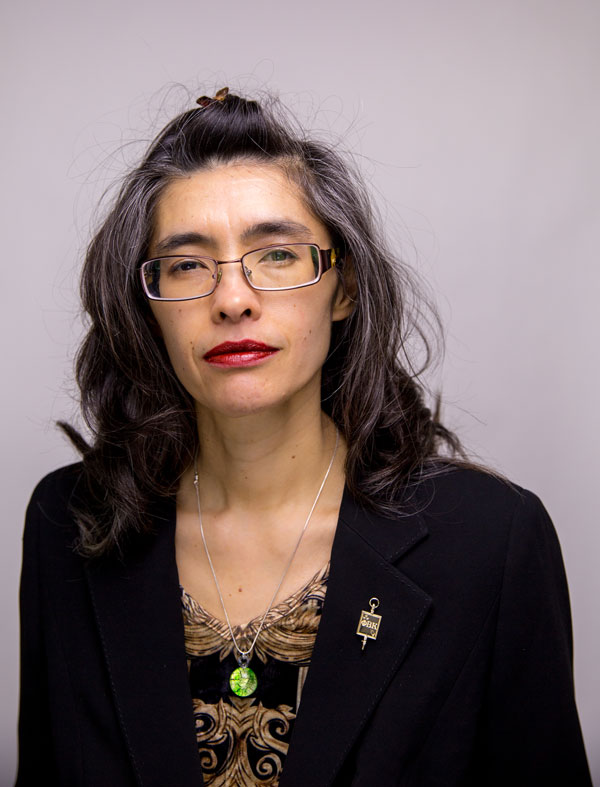
But it was at Gettysburg, during her First-Year Seminar Florence: Art, Money, and Power in the Renaissance City with Art and Art History Prof. Felicia Marlene Else, when her passion for art and its interconnectedness with people was first sparked.
“That class opened my mind to the realm of art history,” said Francisco, pausing to take a sip out of her Gettysburg mug in-hand. “Being able to take that First-Year Seminar and be exposed to something new was extremely beneficial to my [college] experience because that’s what set me on the path to art history and museums.”
Later on, taking classes with Director of the Schmucker Art Gallery Shannon Egan—who quickly became a mentor for Francisco and remains one today—solidified the direction in which art was pulling her. Not only did Egan’s classes such as Art and Public Policy get Francisco thinking about social art history, but the exhibition component of that class was also her first experience with curation.
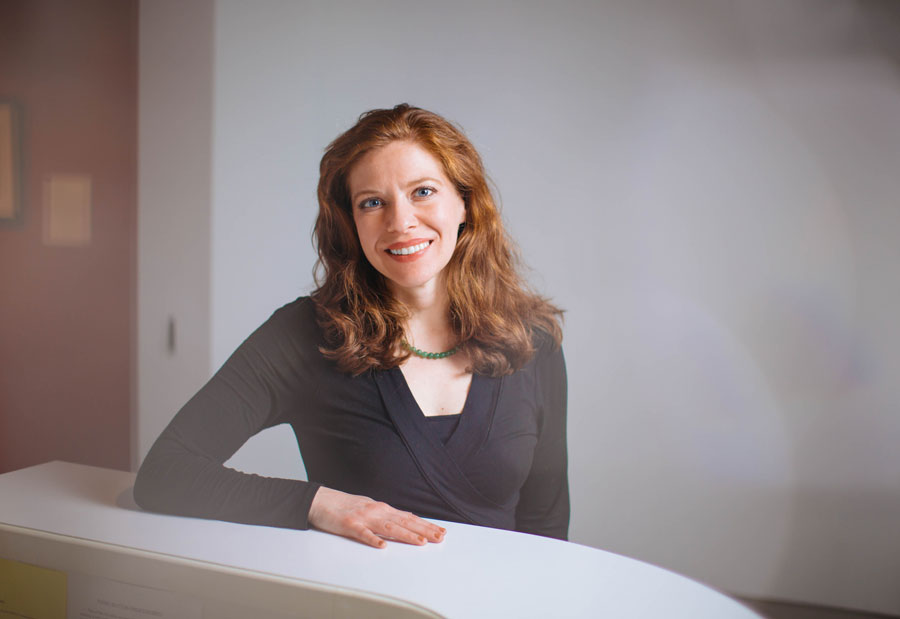
“Curating an exhibit is different from writing a paper or an essay. You’re thinking in terms of how you’re presenting a narrative to the general public. What message, or what stories, do you want to tell through these objects?” Francisco said. “Having that mini curatorial experience gave me a taste of what museum work was like, and it opened my eyes to the career possibilities in museums.”
This taste left Francisco with a desire for more. She gained additional experience in Else’s class Wonders of Nature and Artifice: The Renaissance Quest for Knowledge, which was co-taught by Biology Prof. Kay Etheridge and had a similar exhibition component.
During the summer after her sophomore year, she also served as an exhibits intern at Musselman Library, which was followed by several other impressive internship positions with the Philadelphia Museum of Art and the Whistler House Museum of Art in Massachusetts. Then, during her senior year she curated an exhibition of Andy Warhol photographs in Schmucker Art Gallery and studied abroad in Florence, Italy in the fall of her senior year—coming full circle from her First Year Seminar.
Upon graduating from Gettysburg, Francisco went on to complete dual master’s degrees in art history and museum studies at Syracuse University, and two more internships at the National Gallery of Art and Smithsonian American Art Museum. Shaped by her time interning in Washington, D.C., Francisco knew relocating was her next step. The rest fell into place.
“I heard from a colleague at the National Gallery—I kid you not, like a week before my thesis presentation and my graduation from Syracuse—about a temporary contract position in the Department of Photographs,” Francisco said. She applied, interviewed, and was offered the job. “Even though I moved to D.C. not expecting to have a job lined up immediately, I did end up stumbling upon a great opportunity.”
From this initial, temporary role, her contract was extended, and a year later she accepted a permanent position in the Department of Modern and Contemporary Art, where she currently works. As a curatorial assistant, she manages projects related to the National Gallery’s permanent collection of modern and contemporary art, researches and prepares materials for potential acquisitions, and often delivers public gallery talks about select artworks on display, among various other important responsibilities, all of which Gettysburg well equipped her for.
“Communication and writing are key skills in curatorial work. The training I got both through the English department and through art history, where I was constantly writing papers and having dialogues about literature and visual art was especially helpful,” Francisco said. “But I think the same can be said of many other departments at Gettysburg. They’re really wonderful at cultivating the whole person and training students to be well-rounded professionals in whatever field they pursue.”
In the years to come, Francisco is open to wherever art takes her. In the fall, she will begin working towards her doctorate degree in art history at the University of Delaware. But, her eyes are focused on advancing from curatorial assistant to a full curator position in a museum, where she can have the space to connect with others through art—something which she first fell in love with in the Schmucker Art Gallery.
“When I think about the type of curator I want to be as I look toward the future, I want to be someone who is known for being a collaborator and an innovative thinker, both of which are values that were instilled in me at Gettysburg. [I hope to be] someone who listens just as much as she advocates for particular issues,” Francisco said.
By Molly Foster
Photos by Miranda Harple and courtesy of Emily Ann Francisco ’14
Posted: 04/23/21
